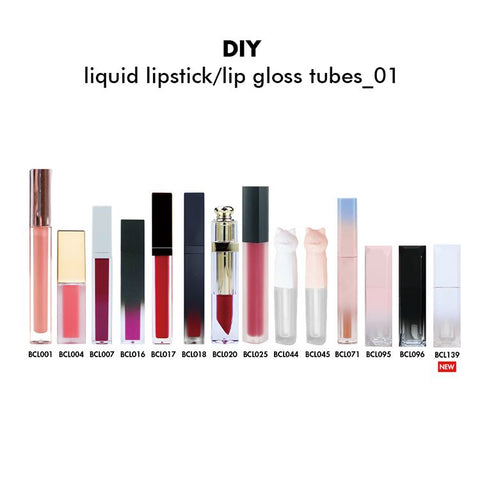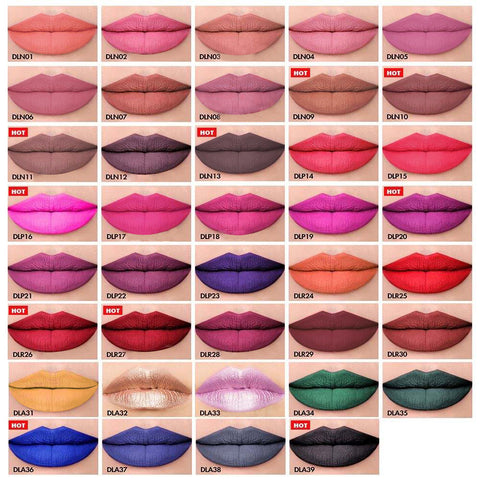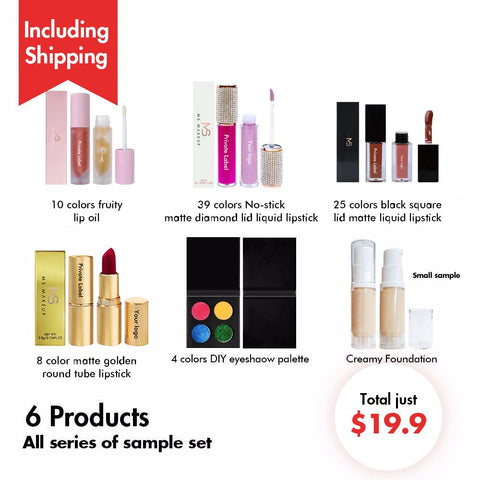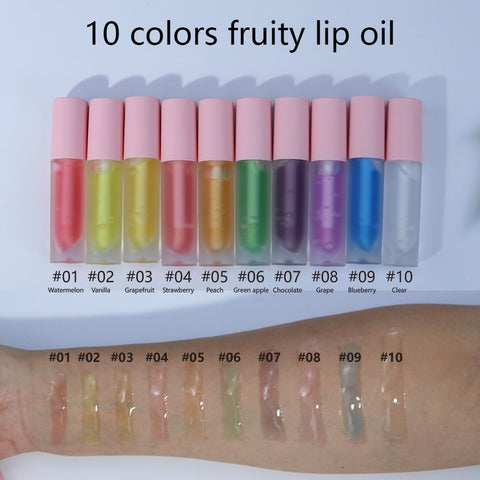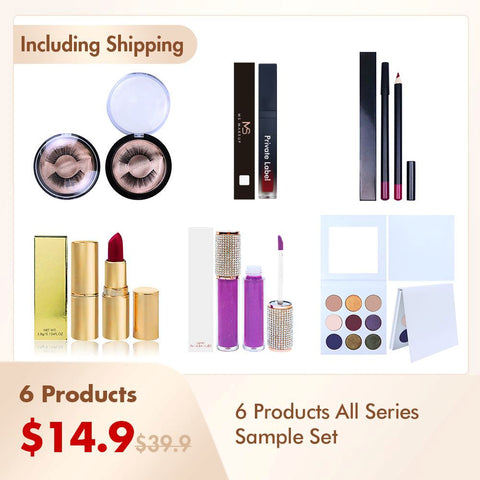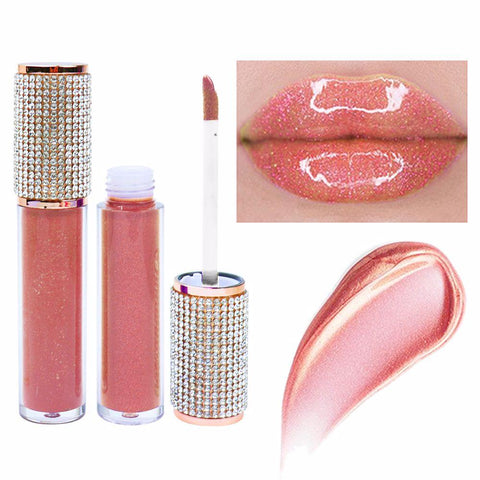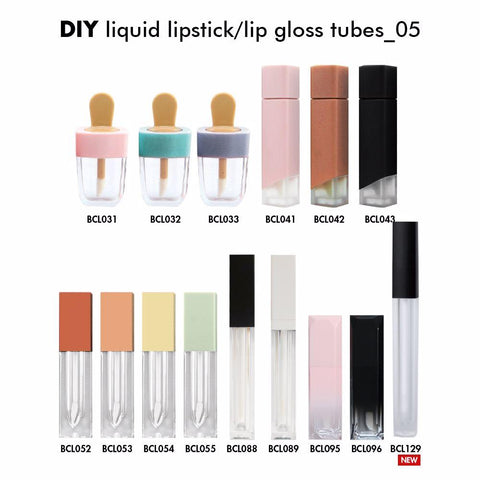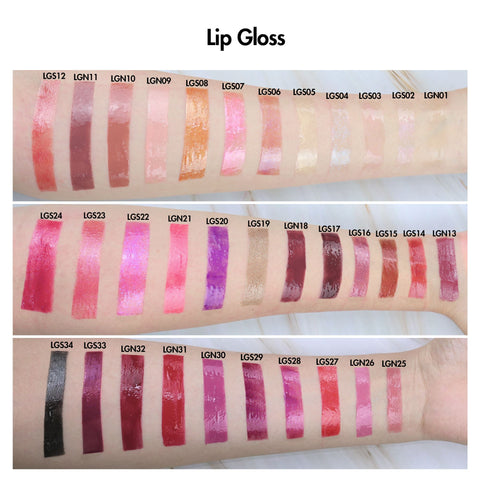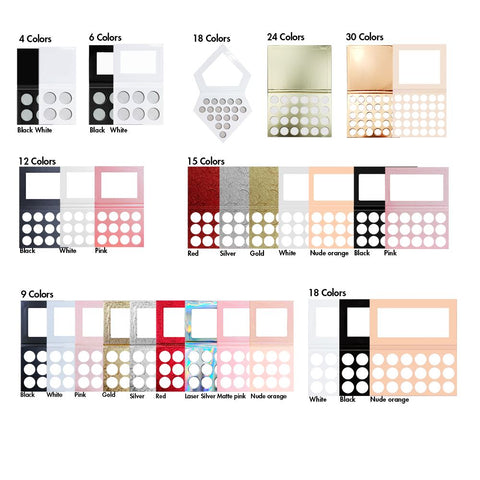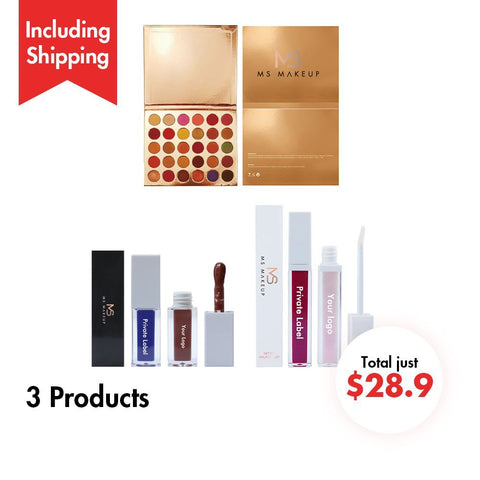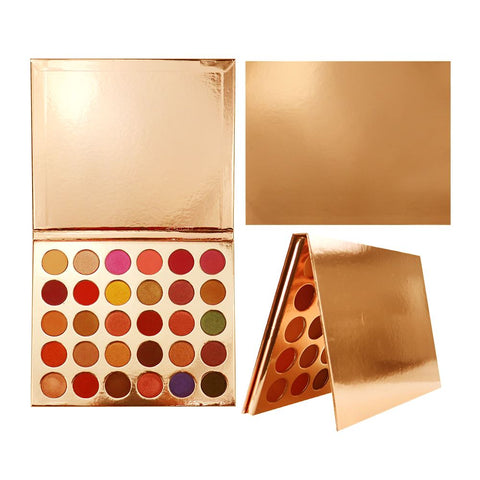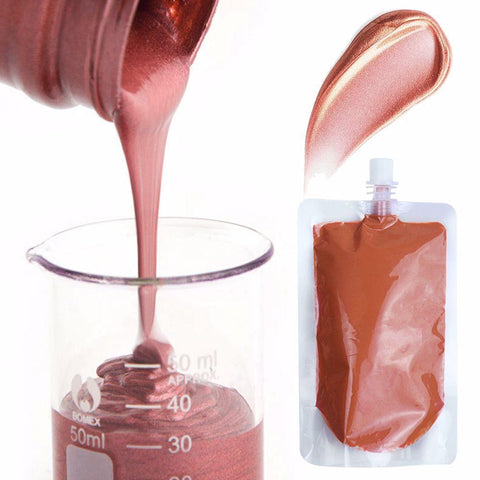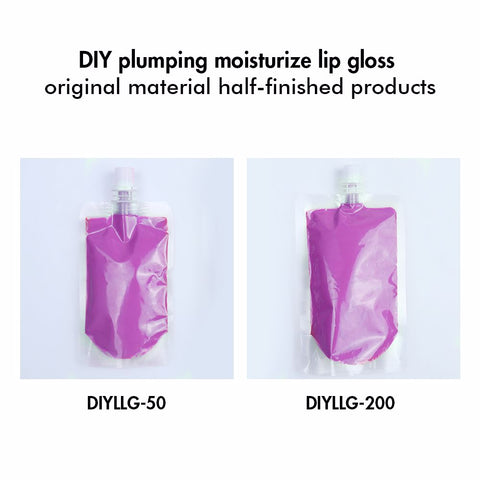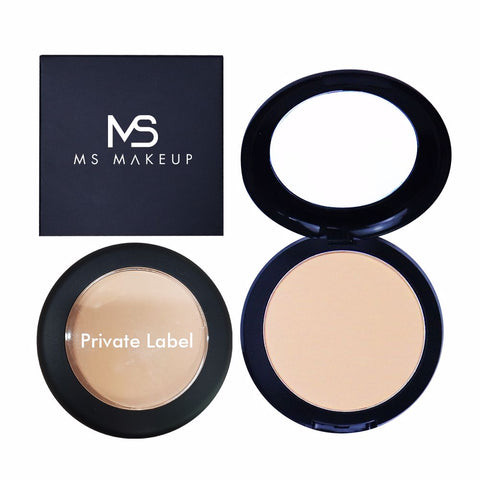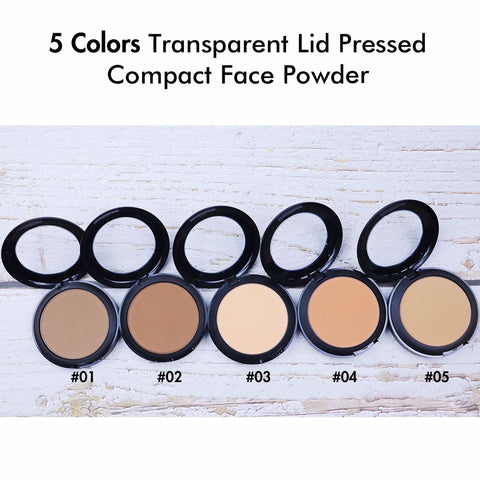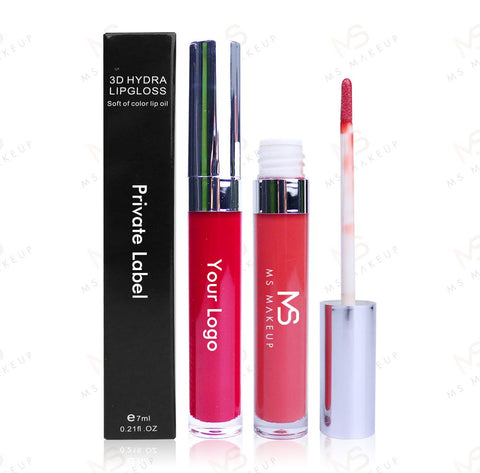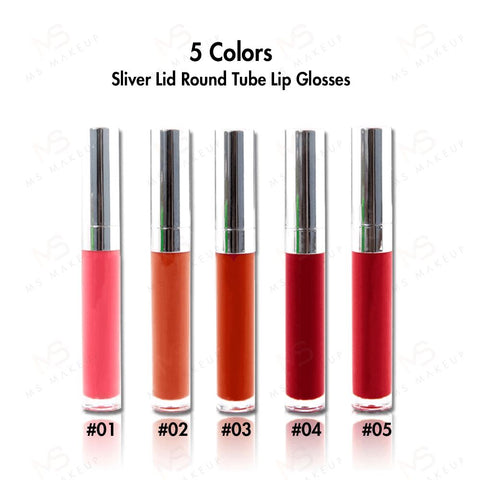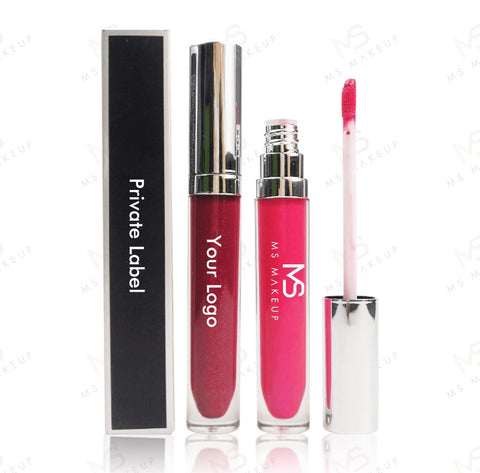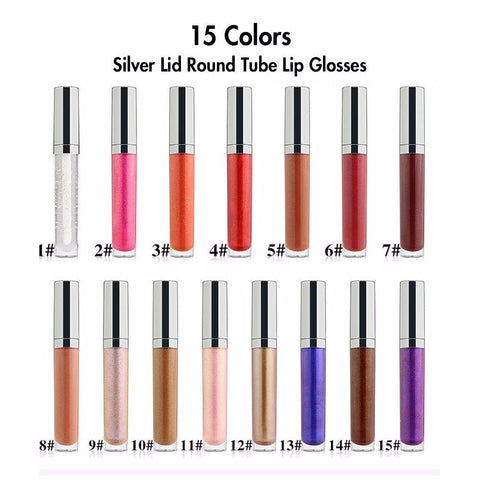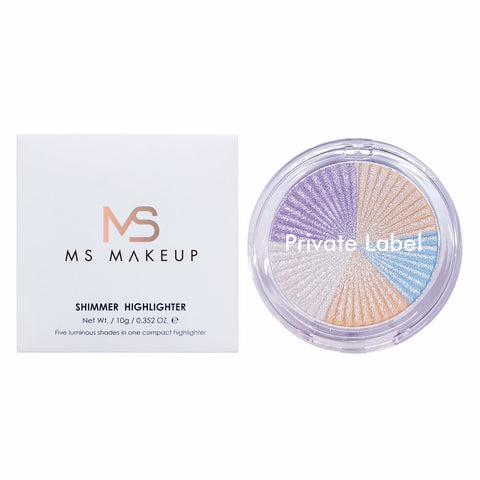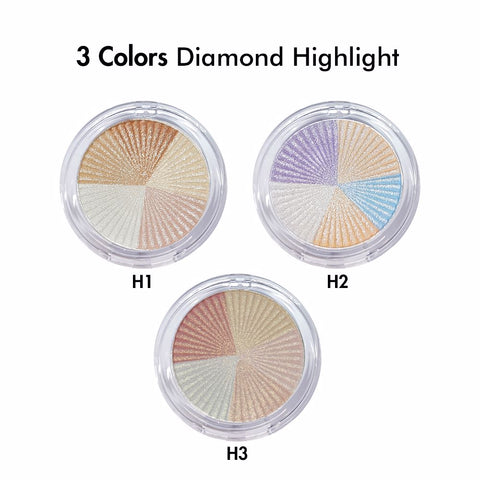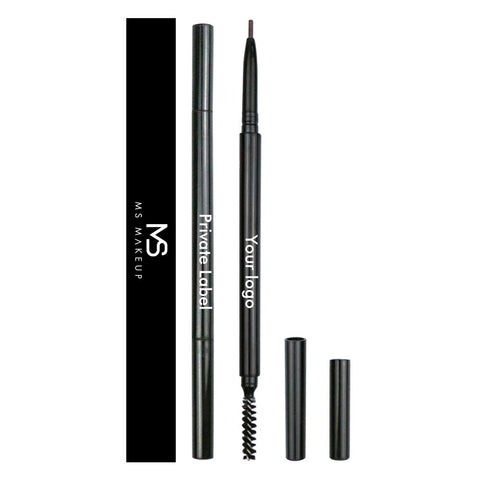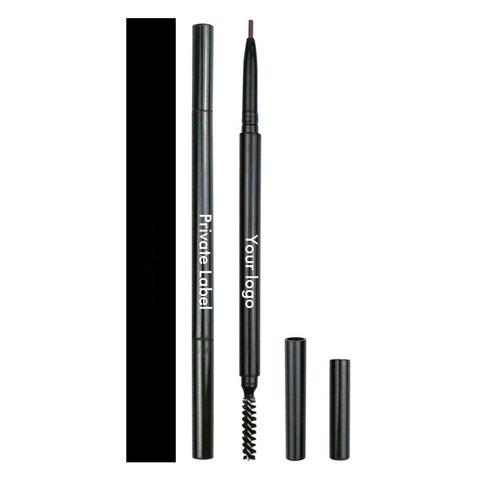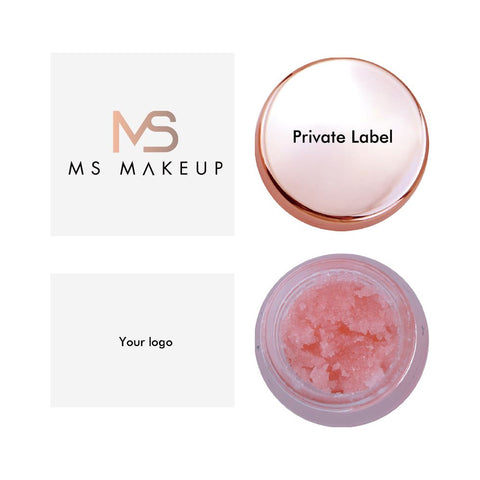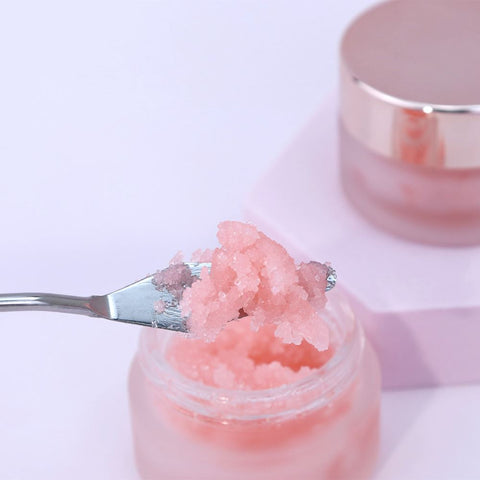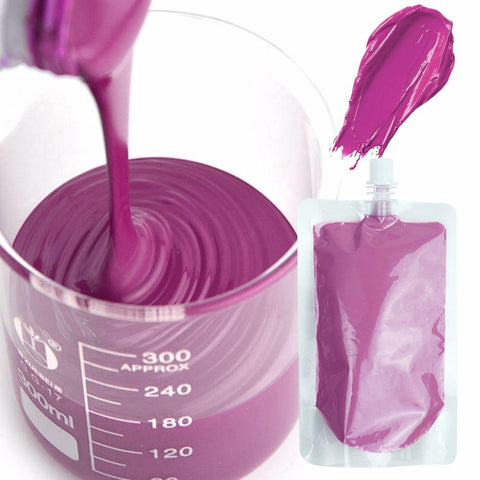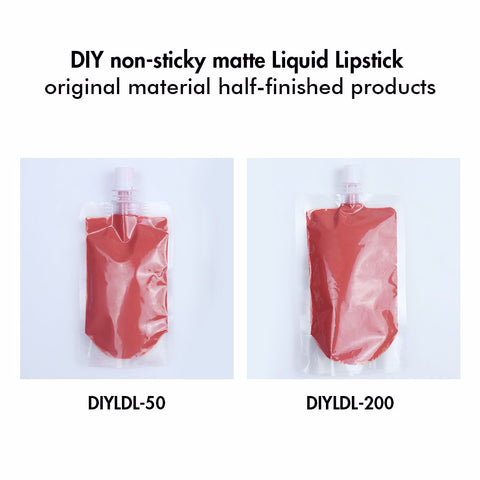Verpackungswerte
Bei der Auswahl von Verpackungsoptionen ist es für Konsumgüterhersteller unerlässlich, das Gesamtbild zu betrachten, wenn es um die Wertbewertung und die Suche nach Möglichkeiten zur Kostensenkung geht, denn die Wahrnehmung (der Erfolg) ihrer Marken hängt davon ab. Es nützt einer Marke nichts, Kosten zu reduzieren oder zu eliminieren, die sich negativ auf die Wahrnehmung der Marke durch den Verbraucher auswirken können. Denn es geht darum, was sie fühlen , wenn sie die Verpackung aus dem Regal nehmen.
Besteht Ihr Produkt die Herausforderung „Marke in der Hand“?
Material
Natürlich möchten Sie sicherstellen, dass Sie das richtige Verpackungsmaterial wählen. Und während der funktionale Zweck einer Verpackung darin besteht, den Inhalt zu schützen, gibt es bei der Wertwahrnehmung viele Faktoren zu berücksichtigen, wie zum Beispiel:
· Farbe – Muss der Verpackungsinhalt vor den schädlichen Auswirkungen von Lichteinfall geschützt werden? Ermöglicht das Material eine Farbübereinstimmung mit den Markenstandards?
· Umweltaspekte – Kann die Verpackung wiederverwendet, nachgefüllt oder recycelt werden? Ist dies ein wichtiger Aspekt für die Marke? Was ist die klügere Wahl – Glas, Kunststoff oder Metall? Wird die Reduzierung der Materialmenge (Gewichtsreduzierung) die Qualität oder Leistung beeinträchtigen?
· Kompatibilität der Verpackungselemente – Lässt sich das Abgabesystem (z. B. der Spender) funktional und ästhetisch gut in den Behälter integrieren? Ist das Gewicht der Elemente so ausgewogen, dass Funktionalität und Design auch bei der Abgabe des Produkts erhalten bleiben?
· Verbraucher – Sind die Integrität und Haltbarkeit der Verpackung – und ihrer Komponenten – während des gesamten Verbrauchernutzungszyklus voll funktionsfähig? Hält sie während und während des gesamten Gebrauchs?
Ästhetik
Angesichts der schieren Anzahl ähnlicher Produkte in nahezu jeder Produktkategorie auf dem Markt ist das Design ein entscheidendes Unterscheidungsmerkmal – was eine Verpackung „trägt“, kann genauso wichtig sein wie ihr Inhalt. Verbraucher treffen ihre Kaufentscheidungen anhand der Verpackung; allzu oft ist es die äußere Erscheinung, die einen Verbraucher dazu verleitet, sich in einem überfüllten Regal mit ähnlichen Produkten für eine bestimmte Verpackung zu entscheiden und sie einer anderen vorzuziehen. Während die Funktion eine Frage des Gehirns ist, geht die Form (Ästhetik) direkt ans Herz. Und seien wir ehrlich – oft sind es die Emotionen, die den Kunden überzeugen.
Und weil viele Käufer beim Gang durch die Supermarktregale über ein knapperes Einkaufsbudget verfügen, halten sie Ausschau nach Marken, bei denen es nicht so aussieht, als hätten sie übermäßig viel in Verpackung und Dekoration investiert.
Ein versierter Verpackungsberater hilft einem Kunden bei der Auswahl in Bezug auf:
· Form – Wie liegt die Verpackung in der Hand? Liegt sie gut in der Hand oder ist sie unhandlich? Wie passt sie in den Bereich, in dem sie eingesetzt wird? · Aussehen und Haptik – Wer ist die Zielgruppe? Ist die Dekoration auf das Verpackungsmaterial abgestimmt und recycelbar? Wann ist „weniger“ wirklich „mehr“ (einfache Verpackung)?
· Dekorationstechnologie – Sind die Tinten auf Sojabasis und die Etiketten zusammen mit der Verpackung recycelbar? Steigern Textur, Farbverläufe und Metallic-Farben den Wert des Produkts im Regal zu angemessenen Kosten?
Markenwert
Sie haben ein großartiges Produkt. Wie trägt Ihr Verpackungsdesign zum Markenimage bei? Ein erfahrener Lieferant versteht die Identität und Persönlichkeit Ihrer Marke und weiß, was Ihre Verpackung leisten muss, um markenkonform zu bleiben.
· Erwartungen – Erfüllt Ihre Verpackung die Erwartungen der Verbraucher an Ihre Marke? Wird die Verpackung, die sie in Ihrer Werbung sehen, im Regal mit dem gleichen wahrgenommenen Wert angezeigt?
· Einfluss – Beeinflusst die Verpackung die Markentreue an jedem Kontaktpunkt? Wird darüber getwittert? Auf Facebook mit „Gefällt mir“ markiert?
· Beziehungsaufbau – Spiegelt sich die Markenpositionierung im Gesamtpaket wider? Handelt es sich um einen Luxusartikel, strahlt er Stil, Qualität und Exklusivität aus? Handelt es sich eher um einen Gebrauchsgegenstand, sorgt die Verpackung für wirksame Differenzierung und Unterscheidung? Hebt sie das Marken-/Wertversprechen gegenüber den Kunden hervor?
· Soziales Bewusstsein – Spiegeln Marke und Verpackung die Gedanken und Gefühle der Verbraucher in Bezug auf Umweltverantwortung wider? Sind die Materialien relevant? Ist die Dekoration einheitlich? Wird das Markenversprechen eingehalten?
Nachhaltigkeit
Verbraucher sind heutzutage zunehmend besorgt über die Umweltauswirkungen von Verpackungen. Vermittelt Ihr Verpackungsdesign eine überzeugende Stellungnahme zu Ihrem Standpunkt in dieser Frage? Das wäre besser, denn umweltbewusste Verbraucher treffen ihre Kaufentscheidung oft auf Grundlage ihrer Wahrnehmung Ihres „grünen“ Engagements. Wenn Sie beim Verbraucher den Eindruck vermitteln, dass Sie sich für die Umwelt engagieren und Verantwortung übernehmen, steigern Sie den Wert Ihrer Marke.
Wichtige Überlegungen sind:
· Beschaffung – Sie beziehen möglicherweise einen Behälter, der vollständig aus Post-Consumer-Regrind (PCR) besteht. Wenn Sie jedoch in Florida sind und der Lieferant in Washington sitzt, wie wirkt sich der Transport (d. h. die Verbrennung fossiler Brennstoffe) auf Ihren CO2-Fußabdruck aus? Und auf den des Verbrauchers?· Unternehmensprofil – Machen Sie durch Ihre Verpackung auf die Nachhaltigkeitsbemühungen Ihres Unternehmens aufmerksam? „Green Branding“ auf Ihrer Verpackung zeigt, dass Sie Ihren Worten Taten folgen lassen und nicht nur darüber reden. Eine Aussage über die Verpackung selbst oder Ihre Unternehmensinitiativen lässt die Verbraucher genau wissen, wo Sie stehen. Beispiel : HJ Heinz Co. hat beschlossen, für seine Ketchupflaschen die PlantBottle ™ -Verpackung von Coca-Cola zu übernehmen. Die Flaschen werden diesen Sommer mit dem Satz „RATET MAL, WORAUS MEINE FLASCHE BESTEHT?“ auf dem Etikett auf den Markt kommen, um die geringere Abhängigkeit des Unternehmens von fossilen, nicht erneuerbaren Ressourcen zu demonstrieren.· Verpackung und Kartons – Wie sieht es mit Verpackung und Kartons für den Transport aus? Welche Optionen gibt es? Kann die Auswahl der Verpackung und des Kartons vor der Entscheidung für ein Paket zur Gesamtwertgleichung und den Paketauswahlkriterien beitragen?
Logistik
Eine schnelle Markteinführung ist in allen Phasen der Verpackungslieferkette entscheidend, und die Logistik schafft Mehrwert. Sie können Ihre Verpackungskosten ohne Qualitätseinbußen senken, indem Sie das Design für einen möglichst effizienten Transport, eine optimale Lagerung und optimale Regalaufteilung optimieren.
· Transport – Wirkt sich Ihre Verpackung positiv auf die Transportkosten aus? Ist sie leichter, kleiner und lassen sich größere Mengen leichter auf Paletten laden? Beeinflussen Größe und Form die Anzahl der Produkte, die in Kartons, auf Paletten oder in Regale passen?
· Verfügbarkeit – Handelt es sich bei der Verpackung um einen Lagerartikel? Führen Lieferzeiten zu Problemen bei der Markteinführung? Kann eine Verpackung ohne Funktions-/Leistungseinbußen gegen eine andere ausgetauscht werden?
· Lagerung – Kann Ihr Lieferant überschüssige Verpackungen bis zum Bedarf lagern, sodass Sie durch die Bestellung größerer Mengen sparen können?
· Bestellung auf Abruf – Wie wäre es mit der Auswahl von Verpackungskomponenten, die für eine schnelle Produktion sofort verfügbar sind? Dies kann sich auch als kostensparende Alternative erweisen, wenn keine Lagerhaltung möglich ist.
Bei der Wertanalyse gibt es viele Faktoren zu berücksichtigen. Ein erfahrener Verpackungsberater hilft Ihnen, sich im Labyrinth der verfügbaren Optionen zurechtzufinden und Geld zu sparen, ohne Abstriche bei Markenwert, Qualität oder Funktionalität zu machen. Gleichzeitig behält er Ihre Nachhaltigkeitsinitiativen stets im Blick.
Beispiel-Block-Zitat
Praesent vestibulum congue tellus bei fringilla. Curabitur vitae semper sem, eu convallis est. Cras felis nunc commodo loremous convallis vitae interdum non nisl. Maecenas ac est sit amet augue pharetra convallis nec danos.
Beispiel Absatztext
Praesent Vestibulum congue tellus bei Fringilla. Curabitur vitae semper sem, eu convallis est. Cras felis nunc commodo eu convallis vitae interdum non nisl. Maecenas ac est sit auguste pharetra convallis nec danos dui.
Cras suscipit quam et turpis eleifend vitae malesuada magna congue. Damus id ullamcorper neque. Sed vitae mi a mi pretium aliquet ac sed elitos. Pellentesque nulla eros Accumsan quis justo tincidunt lobortis denimes loremous. Hängen Sie das Vestibulum lectus in den Lectus volutpat ein, bis es zum Purus pulvinar kommt. Vestibulum sit amet auctor ipsum.
